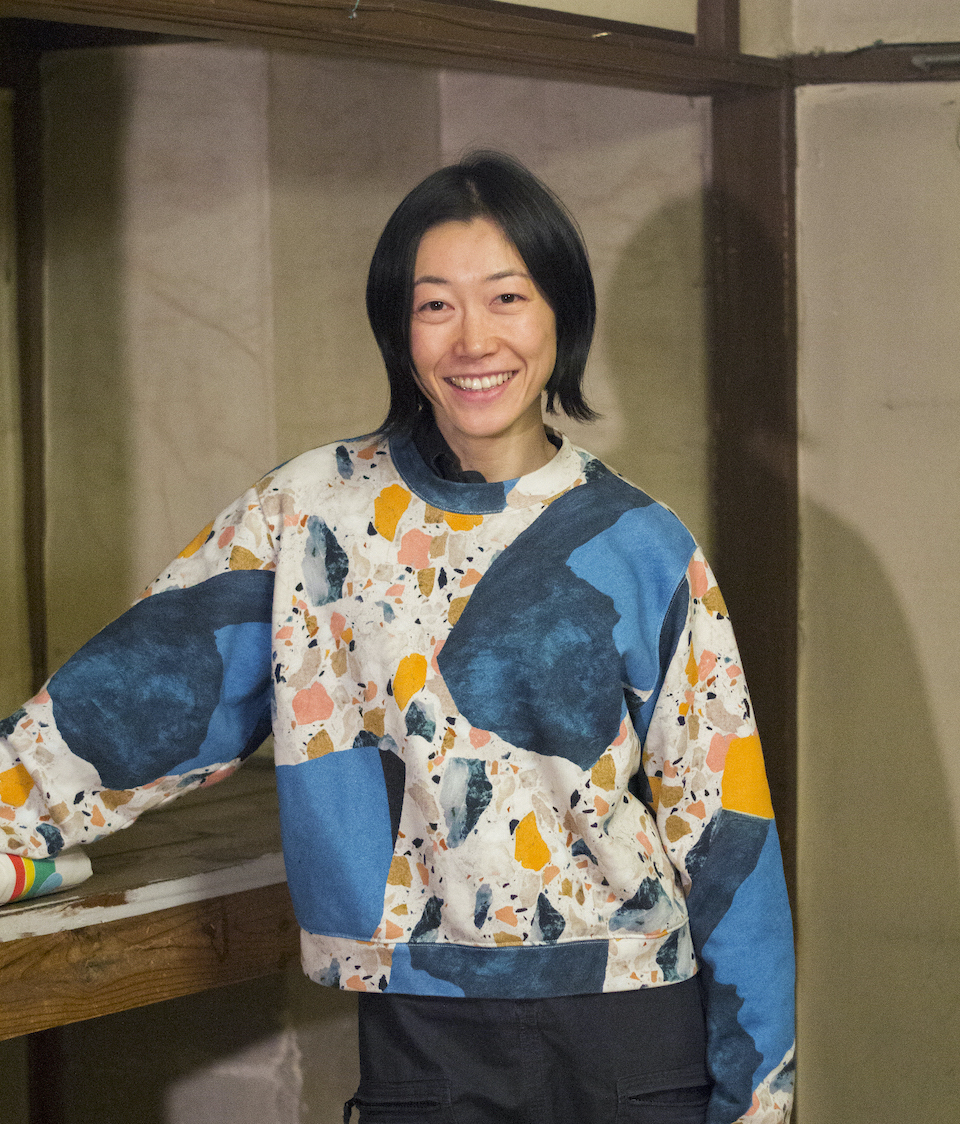Work:
Yield Point, 2017. Performance and mixed-media installation; dimensions variable. Courtesy the artist and Take Ninagawa, Tokyo
Venue:
Reykjavik Art Museum—Hafnarhús, Friday, October 6, 4pm and Monday, October 9, 4:30pm
A grandfather turns into an abacus; a dung beetle rolls his dirty sheets into a menacing ball; a spaghetti dinner leaves behind only the taste of an elongated metal fork. Aki Sasamoto constructs these vivid images and surreal narratives through a combination of spoken explanations, manipulations of objects and props, and the sculptural elements of her installations. Sasamoto’s performances are not only illustrative of stories and memories, they are also an opportunity for her to test out an idea, ruminate on particular psychological states or learn from the objects with which she performs. While her works are commonly composed of everyday household items—trashcans, garbage bags, chests of drawers, mops, chairs, or shoes, to name a few—she reveals new meanings through their juxtaposition, alteration, and use. Distinctly absurd and drily humorous, Sasamoto’s performances and installations derail commonplace realities askew and propose alternative scenarios for relationships between cause and effect.
For Sequences, Sasamoto will present Yield Point (2017), a performance and multimedia installation. The title of the work is taken from a common engineering term that refers to the level of stress beyond which a material begins to deform plastically. For this work, the artist filmed experiments in which she stretched and broke apart her materials as if to test their strength and flexibility. As she inserts rods of steel and brass into a tensile machine, or slowly stretches a strip of elastic to its breaking point, she finds the moment at which the tested object ‘fails’ or the length of time it takes to destroy what is meant to be durable. In conducting these experiments, she unpacks elasticity—measuring both states of matter and the metaphoric ‘elasticity’ of human existence: How much might we withstand and for how long before reaching our limit and what happens to us as we approach our ‘yield point’?
